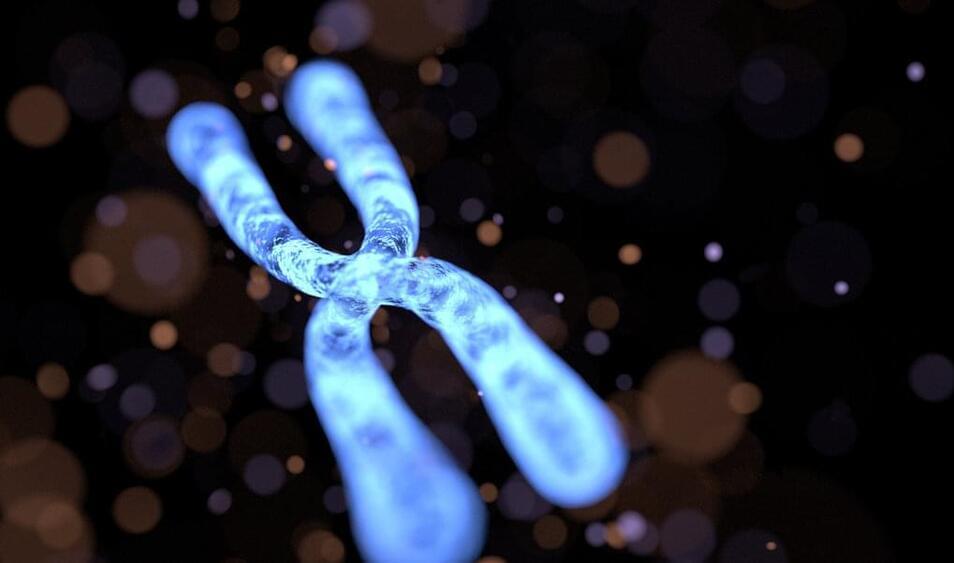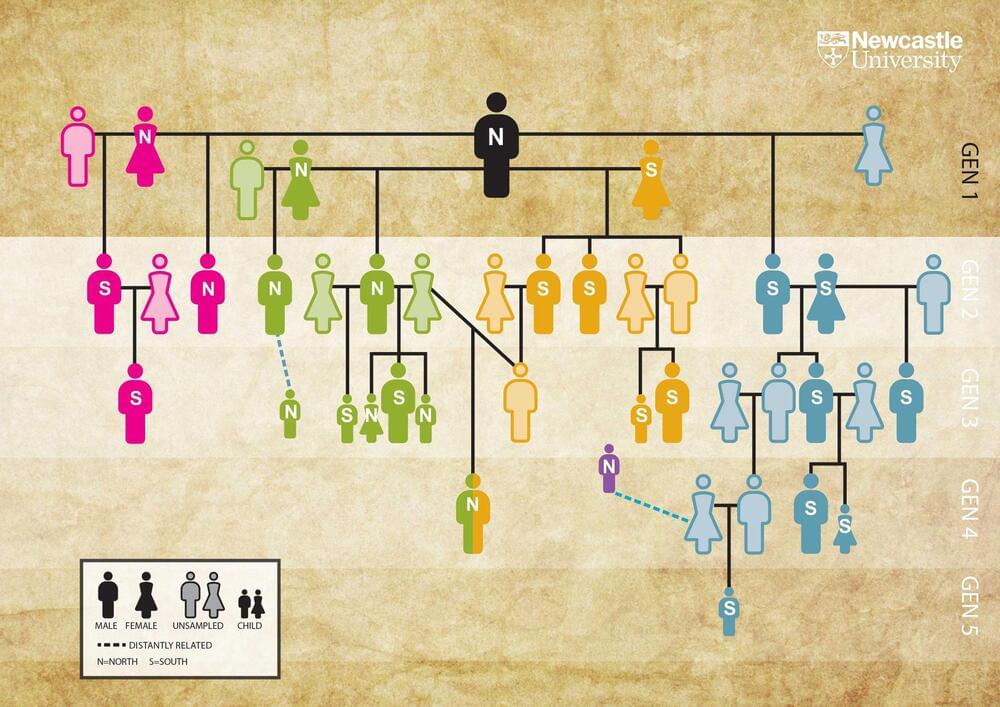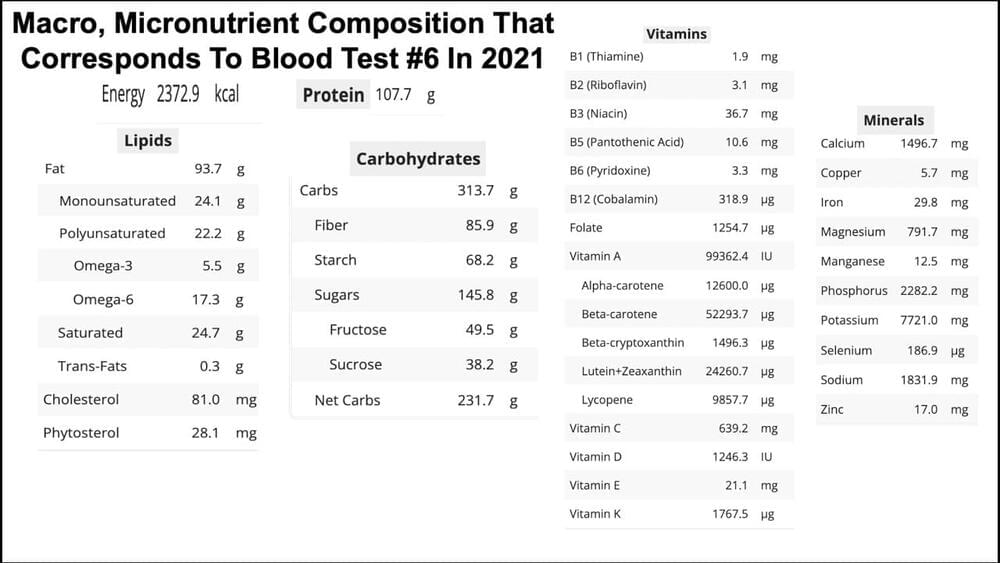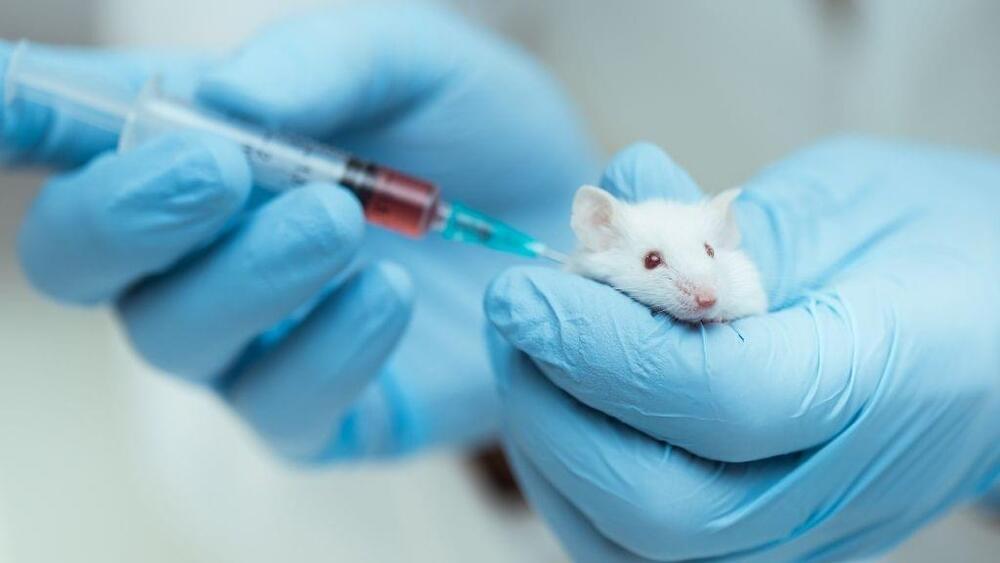Sometimes new medicine tastes bad but it works.
#decentralization #decentralisation #avoidthesinglepointoffailure #medicineforsociety #businessforsociety



Analysis of ancient DNA from one of the best-preserved Neolithic tombs in Britain by a team involving archaeologists from Newcastle University, UK, and geneticists at the University of the Basque Country, University of Vienna and Harvard University, has revealed that most of the people buried there were from five continuous generations of a single extended family. Credit: Newcastle University/Fowler, Olalde et al.
Although the right to use the tomb ran through patrilineal ties, the choice of whether individuals were buried in the north or south chambered area initially depended on the first-generation woman from whom they were descended, suggesting that these first-generation women were socially significant in the memories of this community.
There are also indications that ‘stepsons’ were adopted into the lineage, the researchers say — males whose mother was buried in the tomb but not their biological father, and whose mother had also had children with a male from the patriline. Additionally, the team found no evidence that another eight individuals were biological relatives of those in the family tree, which might further suggest that biological relatedness was not the only criterion for inclusion. However, three of these were women and it is possible that they could have had a partner in the tomb but either did not have any children or had daughters who reached adulthood and left the community so are absent from the tomb.


Join us on Patreon!
https://www.patreon.com/MichaelLustgartenPhD

The uncharted nature of the COVID-19 pandemic has caused uncertainty globally, resulting in many health care professionals and key-workers being left with supply shortages in medical consumables and personal protective equipment, exacerbated by supply line issues and in some cases delays resulting from governmental policies. 3D printing (3DP) has played an important role in providing essential items to hospitals and the wider communities, such as visors, face masks, and ventilator components. This short-review article covers the potential of antimicrobial materials in the manufacturing of 3DP essential products, as an approach for added protection against pandemics.

How is Cuba’s one dose vaccine working 🤔
HAVANA, Dec 20 (Reuters) — Cuba has vaccinated more of its citizens against COVID-19 than most of the world’s largest and richest nations, a milestone that will make the poor, communist-run country a test case as the highly contagious Omicron variant begins to circle the globe.
The Caribbean island has vaccinated over 90% of its population with at least one dose, and 83% of the population is now fully inoculated, placing it second globally behind only the United Arab Emirates among countries of at least 1 million people, according to official statistics compiled by ‘Our World in Data.’
What is Cuba’s secret? While many of its neighbors in Latin America, as well as emerging economies globally, have competed for vaccines produced by wealthier nations, health officials say Cuba vaulted ahead by developing its own.
A good deal of evidence points to declining kidney function as a cause of declining cognitive function in aging. There are strong correlations between loss of kidney function and risk of dementia, for example. Correlation isn’t a smoking gun in matters of aging, however: it is possible for any one of the underlying forms of molecular damage that cause aging, or for intermediate consequences of that damage, to give rise to otherwise unrelated pathologies in different parts of the body. Those pathologies appear more often in people with greater amounts of that form of damage, and thus appear correlated.
Nonetheless, there are good reasons to think that kidney failure and its downstream consequences contribute meaningful to neurodegeneration, perhaps largely by degrading the function of the vascular system. Vascular aging can cause damage and dysfunction in brain tissue via numerous mechanisms, including the pressure damage of hypertension, similar damage resulting from an acceleration of atherosclerosis, failing to delivery sufficient nutrients and oxygen to the energy-hungry brain, and disruption of the blood-brain barrier, allowing inflammatory cells and molecules into the brain.
(betavoltaic cell or betavoltaic battery) is a type of nuclear battery which generates electric current from beta particles (electrons) emitted from a radioactive source, using semiconductor junctions. A common source used is the hydrogen isotope tritium. Unlike most nuclear power sources which use nuclear radiation to generate heat which then is used to generate electricity, betavoltaic devices use a non-thermal conversion process, converting the electron-hole pairs produced by the ionization trail of beta particles traversing a semiconductor.[1]
Betavoltaic power sources (and the related technology of alphavoltaic power sources[2]) are particularly well-suited to low-power electrical applications where long life of the energy source is needed, such as implantable medical devices or military and space applications.[1].
